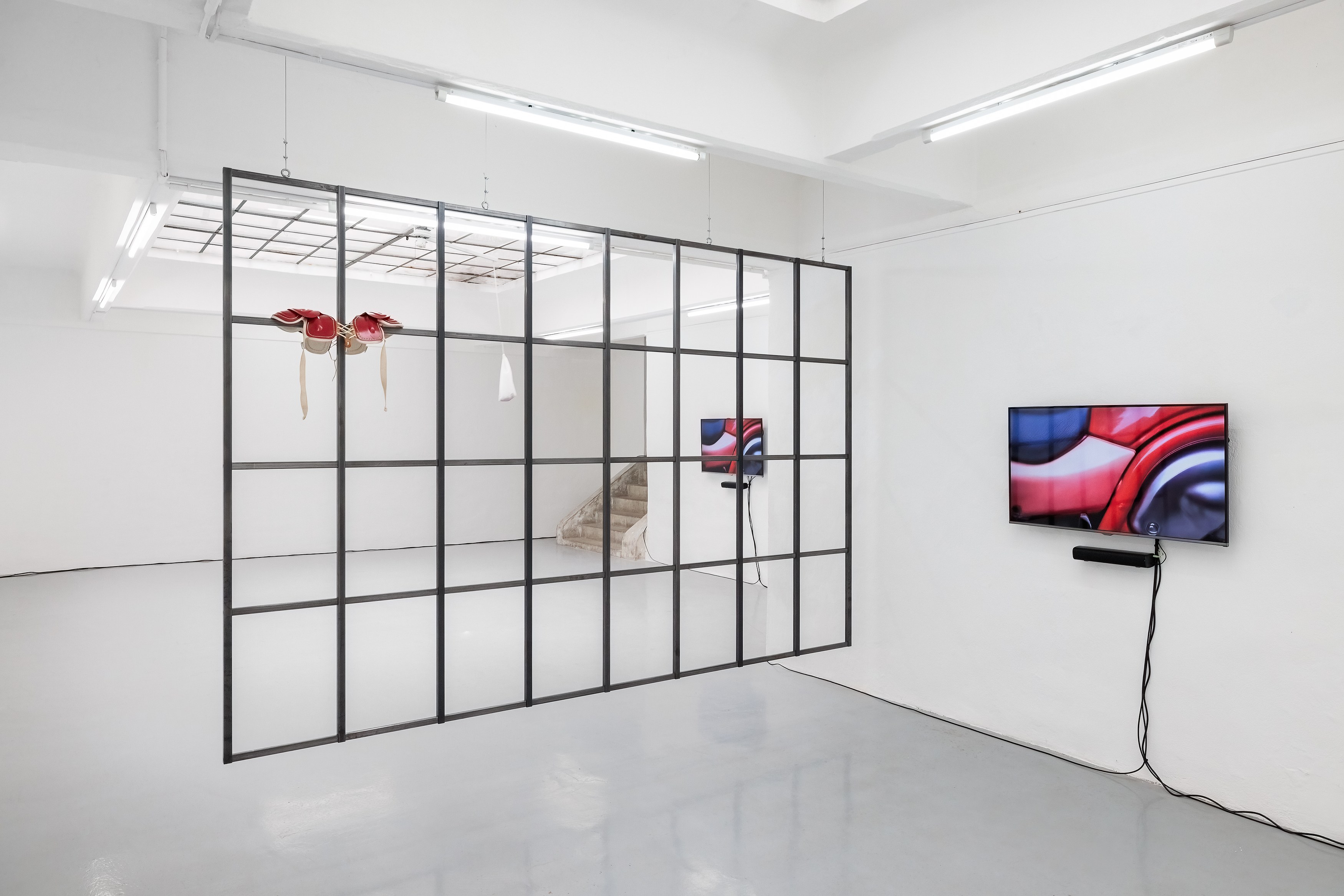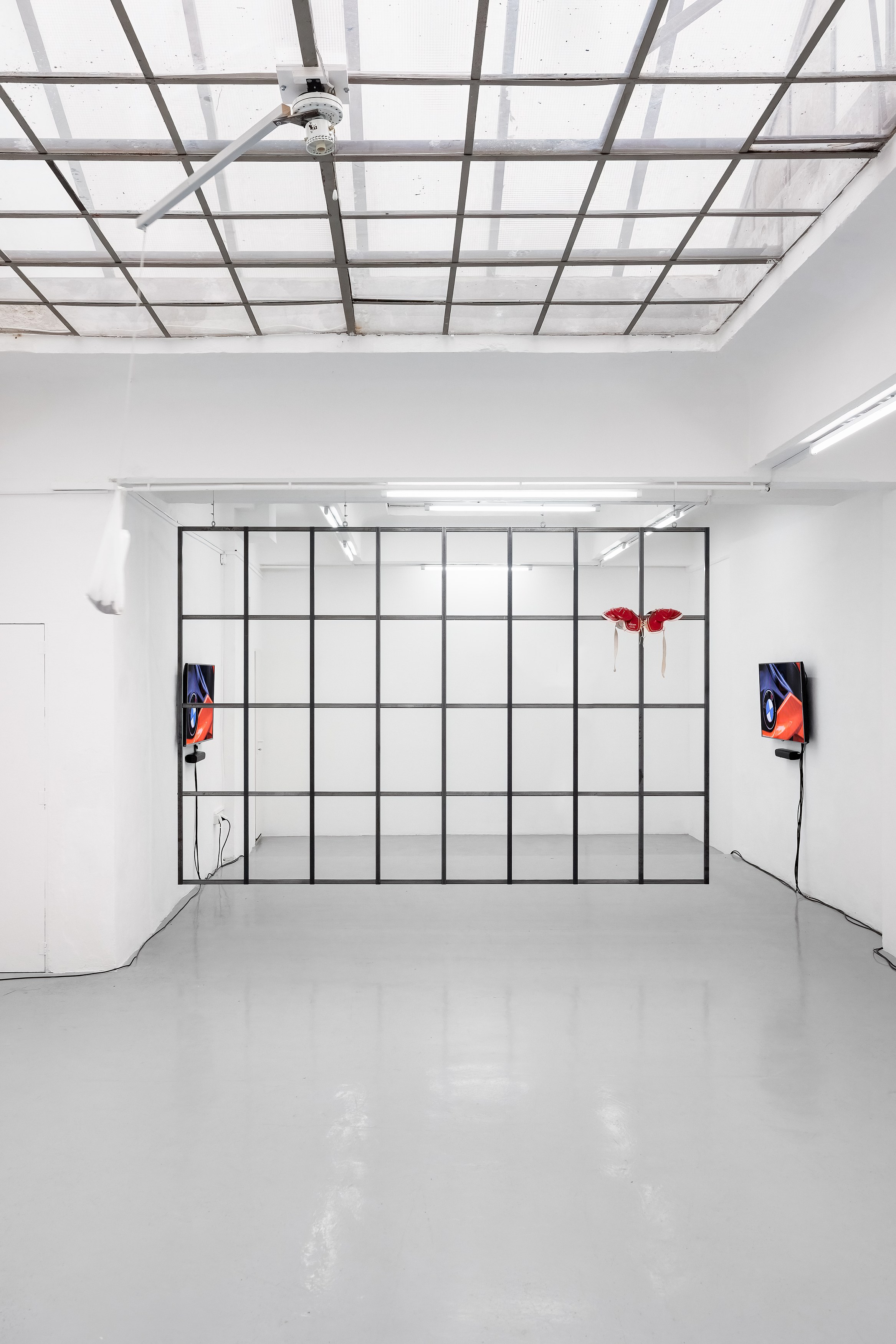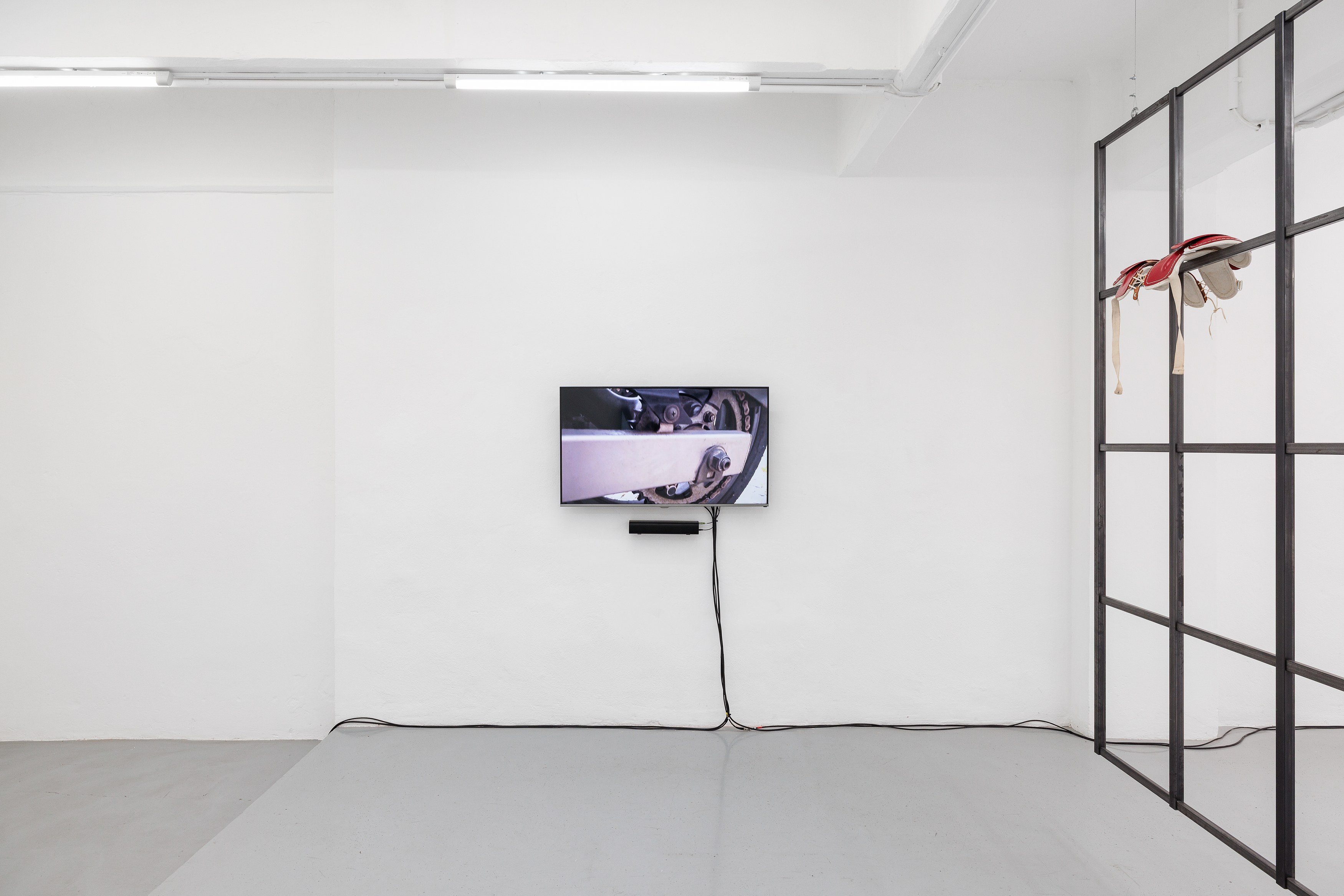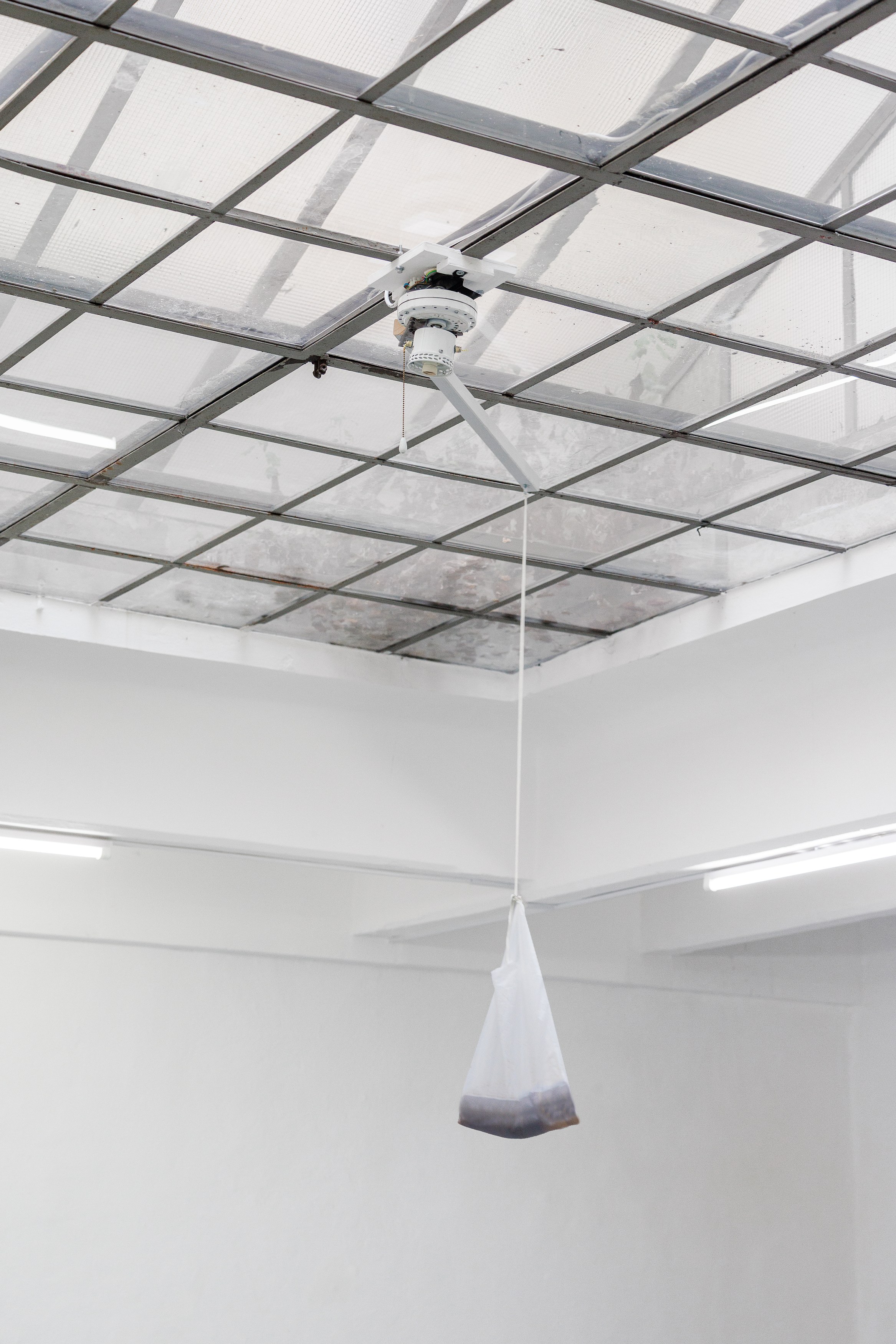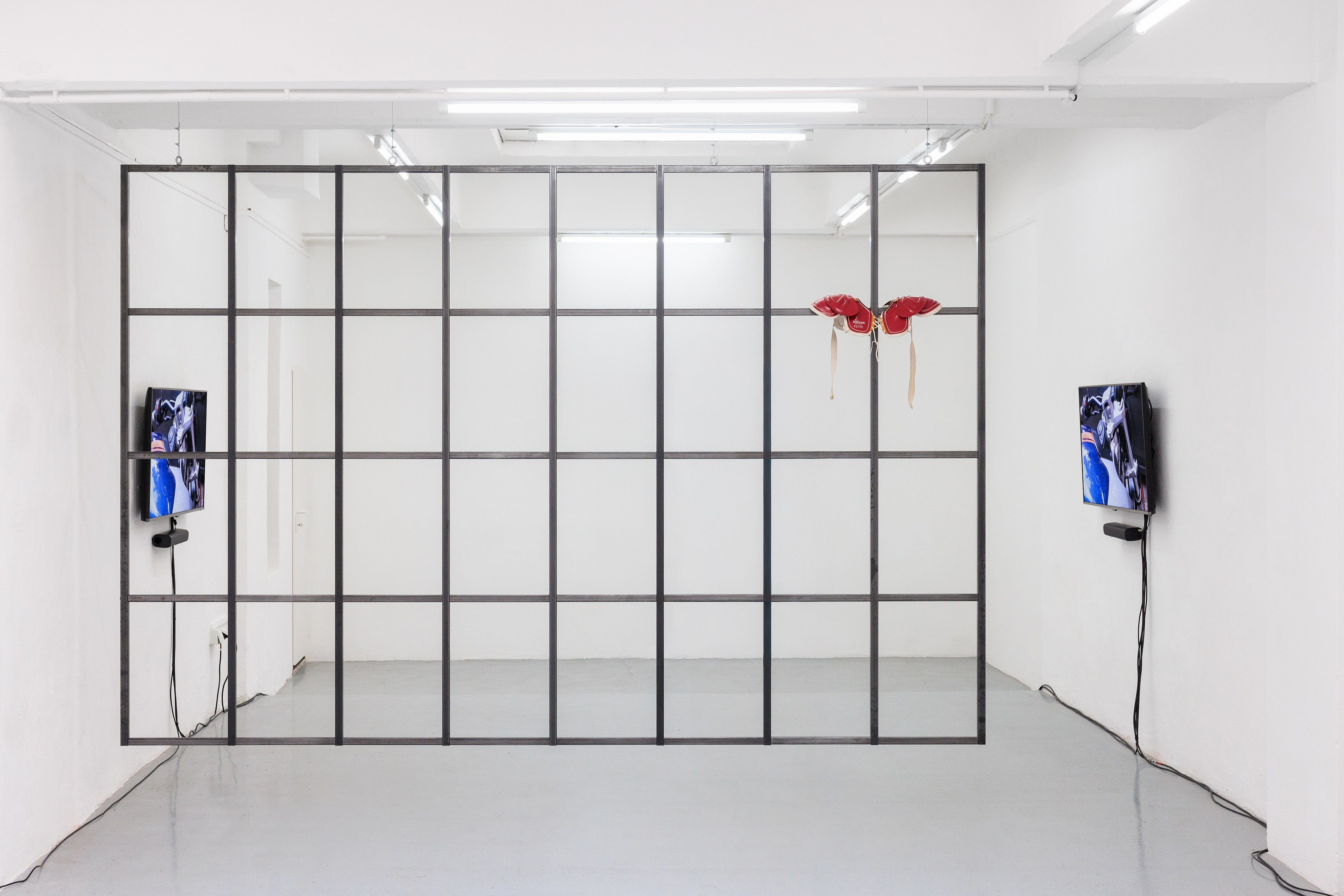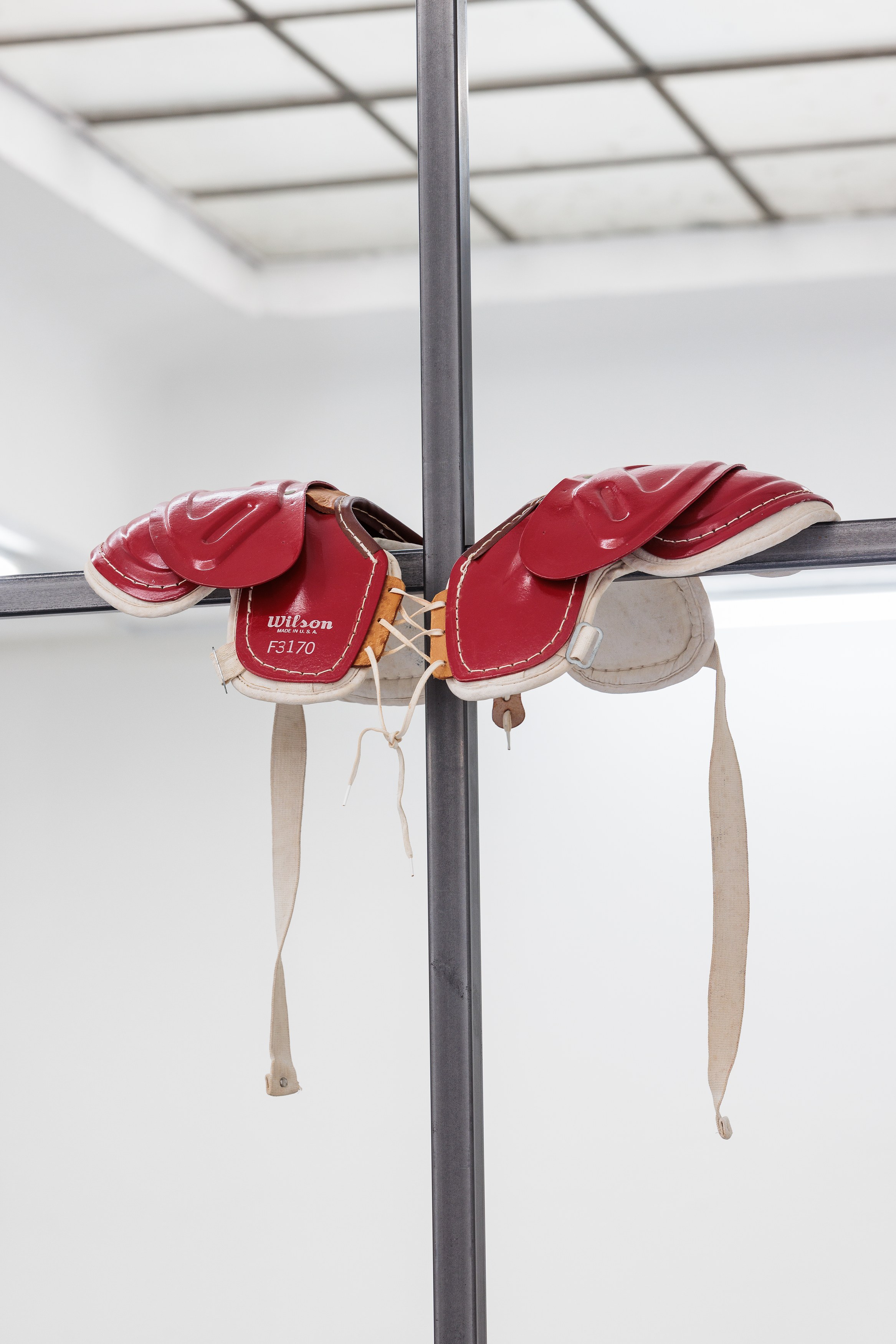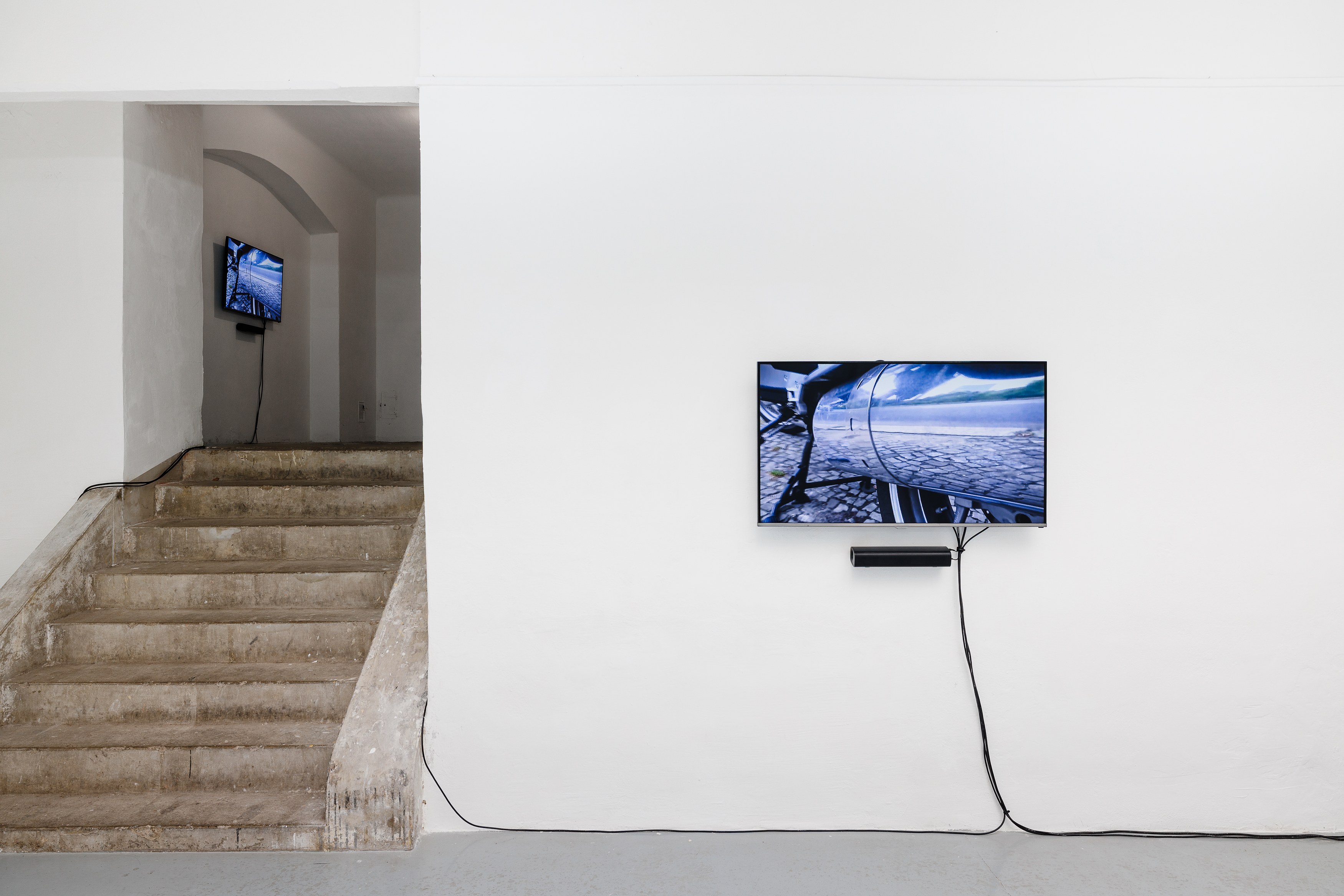
Out of what little I do remember from my high-school years, there is the memory of that morning when my then philosophy professor––who was wont to lecture while cleaving the air around him with his big hands––talked about Adam Smith’s view of economics, whereby the choices made by individuals in the competitive environment of the so-called free market would unintentionally but surely benefit the wider community. Smith likened that unconscious intentionality to an “invisible hand.”
This powerful image has haunted me ever since; and yet, it was not until years later that I came to know how, after its first appearance in the 18th century, that figure had been deployed on numerous other occasions to describe and justify the metaphorical and material forms of the Western European suprematist agenda. I came to understand how, rather than a natural occurrence or some automated dynamic, that imaginary agency was an “adaptive truth-for,” as Sylvia Wynter would call it: a cultural and class-based construct which legitimises the commodification (if not also the capture) of that which is deemed “Other” within the context of our decaying white, male, colonial, capitalist realism.
Perhaps what I was drawn to in the artistic practices of Bianca Hlywa, Morag Keil and Margherita Raso is actually a part of that haunting: their engagement with forms of that first “invisible hand”. This is to say that, among other concerns, these works ponder matters related to ways of seeing and their effects on bodies, senses, and beings.
In Keil’s Passive Aggressive (2016), a series of motorcycles parked in the streets of Berlin are individually and laboriously scrutinised by a hand-held camera against a backdrop of loud road and railway noises. The gaze is ambivalent, sometimes scientific and disembodied, other times erotic and personified. In this fantasy, motorbikes stand for commodities to be purchased and ridden in order to confirm the buyer’s desired identity. Even if the portrait of such macho fetishisation is not lacking a dose of parodic banality—indeed, the camera repeatedly tries and fails to obtain full, pornographic visibility of the motorbikes’ innards—it also cruelly taps into traditional Western representations of women: always naked, always horizontal, forever available to be looked at and lusted after. Synced across six channels, the video––together with the installation that keeps the tech apparatus which allows its to function all too visible––frustrates the expectations of a smooth cinematic experience while, more generally, suggesting the inauthenticity of art and of libidinal capitalist economies. Accordingly, the motorbike portraits are briefly interrupted by stock GIFs of sexy winking eyes and excerpts from cartoonish TV commercials, serving as proxies designed to cover up the normative messages they carry.
Hlywa’s The Image of the Tide (2017) is a motor fan spinning with a translucent bag playing host to a half-dead piece of SCOBY (Symbiotic Culture Of Bacterial Yeast). This messy biomass, which Hlywa usually grows over several months, is life in its basic form: that which is unpredictable and out of control. Usually immersed in a murky brew of tea and sugar, its flesh is in constant metamorphosis. But not this time. The bagged portion is lacking its liquid, its removal being the only condition to allow for the displaying of this SCOBY in its full visibility; as such, it cannot live. The transformation of a life into quasi-dead matter, into an image-commodity for contemplation purposes, comes with a few downsides: it smells pungent; disquietingly, it looks like wan bodily tissue; and it needs to be maintained half-alive by the free labour of the gallery director, who immerses the SCOBY in fermenting liquid every day in order to delay its rotting and final desiccation. The work enacts a reflection on the violence embedded in the economies of exposure, on the extraction of labour and matter upon which capitalism is built, and on the political distinctions between grievable and fungible lives.
Studio (2024) is a 1:1 replica of the only window in Raso’s former studio in Basel. The pair of 1950s Wilson shoulder pads that the artist added there may catch for the eye, an unusual focal point positioned above the classic eye-level on the grid of panes, a visible resistance in the supposed transparency of the absent glass. Made of animal by-products discarded by slaughterhouses, it may as well be an eerie signal to a missing (as much as ever-changing) body, just as the window is in relation to the landscape it frames. The work focuses our attention on the intimate, highly charged (in both bodily and psychological terms) experience of looking, and on the material nature of its medium, despite the wet dreams of oculocentrism. Raso’s intervention, vis-à-vis the long tradition of Western artists meditating on windows as being more or less metaphorical tools with which to picture reality, is rooted instead in her work on the immanent exchange of bodies and skins, objects and images, casts and moulds, originals and copies, with each category providing only temporary ontological solidification. Studio is the degree zero of those exchanges: a conterminous structure of vision and surface of representation, where spectral projections enter and exit through fragmentation and splicing.
Throughout THE INVISIBLE HAND, the corpsing of visual technologies, and by extension cultures, alongside the instances of humorous non sense with which these works are infused, challenge their institutional framework and aesthetic experience. Nonetheless, their concerns wade through a more slippery and expansive terrain, informed by drastically different yet adjacent contexts and industries, from governance to advertising, entertainment to the military; because the ways of seeing and being seen, representing and being recognised, showing and being looked at are inseparable from politics, whether they are visible or not. In fact, as Hannah Arendt stated succinctly, we walk through a history of ideas led by people in power rather than a history of actions led by an “invisible hand.” And, for that same reason, we are all implicated in the (in)visibility of the stories around us.
To imagine a different reality is the politics of art, to make reality look contingent is the art of politics. Have we ever needed them both more urgently, in the too often hypervisible, unspeakable, genocidal times in which we are living?
